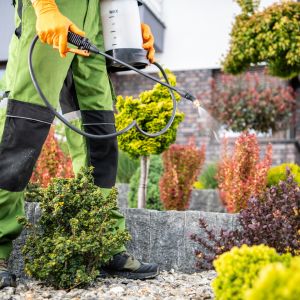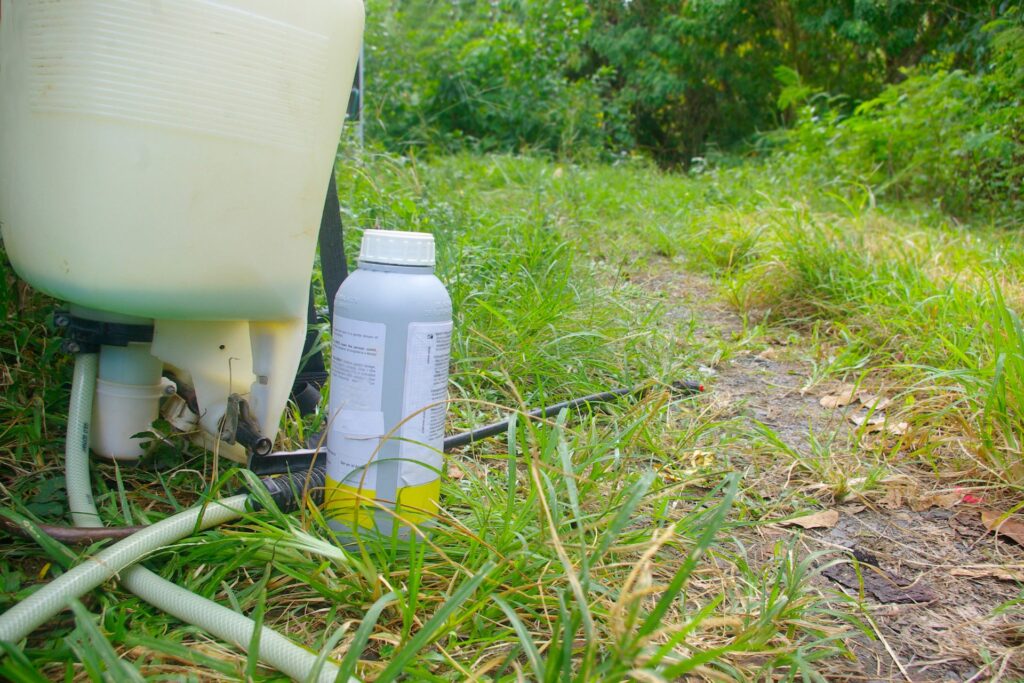Before you reach for your spray nozzle, it’s essential to determine which herbicide, whether natural or synthetic, is the best fit for your garden’s needs. Sometimes, despite your best gardening efforts, chemical herbicides become your last resort. Here’s a user-friendly guide to consider when using chemical herbicides in your garden:
Assess the Situation

Think carefully before employing chemical herbicides in your environment, and ensure they’re part of a broader integrated pest management strategy. This strategy should include:
- Identifying the specific problem plants.
- Understanding the life cycle of these plants, whether they’re annual or perennial and how they propagate (seeds, roots, or both).
- Exploring cultural and mechanical control measures before resorting to chemicals.
- Recognizing the potential harm caused by weed infestations to natural habitats, crops, or structures.
Herbicide Basics
Familiarize yourself with key terminology:
- Herbicides can either inhibit plant seed germination (pre-emergent) or act on actively growing plants (post-emergent).
- They can be non-selective (affecting all plants they touch) or selective (targeting specific plants).
- Some herbicides are contact-based, affecting only applied plant tissue, while others are systemic, absorbed throughout the plant and root system.
Natural Herbicides
Natural herbicides use active ingredients derived from plants or minerals. They are subject to government regulations for personal and environmental safety. Consider options like:
- Corn Gluten Meal: A selective, pre-emergence herbicide commonly used in lawns to control annual weeds. It’s rich in nitrogen, benefiting your lawn’s health when applied twice a year.
- Vinegar: A non-selective, post-emergence contact herbicide for annual weeds. It’s most effective when applied during the summer.
- Horticultural Soap: This non-selective, post-emergence contact herbicide smothers weed leaves and inhibits growth, making it ideal for young, actively growing annual weeds.
- Iron-Based Herbicide: A selective, systemic, post-emergence herbicide with a 1.5% iron chelate solution as the active ingredient. It’s effective against specific broadleaf weeds without harming turfgrass.
Synthetic Herbicides

Synthetic herbicides contain artificial ingredients and are also regulated for safety. Notable options include:
- Glyphosate and Ammonium Glufosinate: Non-selective, systemic herbicides effective against persistent perennial weeds. Proper application methods, considering the time of year and plant life cycle, are crucial for their efficiency.
- 2,4-D and Triclopyr: These selective, systemic, post-emergent herbicides are useful for controlling various annual and perennial broadleaf weeds, especially around lawns and conifers.
For more tailored guidance on identifying and controlling weeds in your area, consider consulting your local cooperative extension office.

